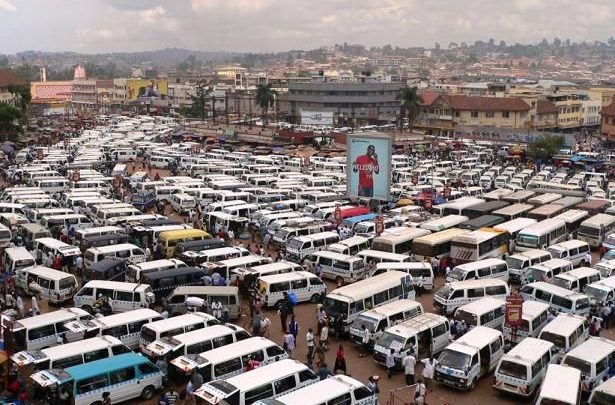Researchers from Makerere University and officials from the Ministry of Lands, Housing and Urban Development have called on the government to integrate land use and transport planning if we are to develop the urban centres around the city.
Speaking at a public dialoague, researchers noted that there was need to decongest the city and also demarcate Kampala City boundaries. “The city is expanding yet the planning is stagnating,” Prof. Henry Alinaitwe, the Principal of the College of Engineering, Design, Art and Technology said.
Dr Wilson Kayom, an official from the Ministry of Lands, Housing and Urban Development said there was need to be concerned about the unprecedented population growth of the Greater Kampala Metropolitan Area.
Other challenges affecting the Greater Kampala Metropolitan Area (GKMA) include the development of slum cells, congestions on the roads and building and unplanned development.
Lack of proper transport system affecting health of the population, the ecological system, and an acceptable urban environment for the residents of Kampala
Traffic congestions has for years been a big problem in Kampala. A typical urban road in Kampala is a single carriageway, about 4 meters wide, designed as a two-way road with each side carrying traffic in opposite direction.
The city, Dr Kayom said is affected by the unregulated taxi operations, the many Taxi parks/stages in the CBD, lack of separated walkways for pedestrians, lack of organized pedestrian crossings, Illegal parking along the main streets and Lack of enough traffic signals.
According to research, traffic jam costs Uganda over US$800m (over sh2.8trillion) in lost GDP annually. The country also loses 10 people per day in road accidents, according the traffic report, the highest in East Africa.
The panel discussants called for an integration of politics, economics with land use and transport planning. This is because for success to happen, there must be political will.
The experts called for a mitigation of the effects of urbanization, because this has to happen whether we like it or not.
The Mayor of Jinja, Mr Majid Batambuze, called for integrated planning of kampala City with the neighboring cities of Mukono, Wakiso, Kira and Gayaza among others.
The experts called for drafting of the national Transport Policy which will offer holistic planning for the country.
Mr Batambuze called for creation of satellite cities in different areas such as Jinaj, Gulu, Nakasongola, among others so that people do not find the need to travel to Kampala. These cities would require infrastructure development such as schools, hospitals, roads, markets, water and airports among other social services.
The Mayor decried the resource allocation model used by the government. He said Jinja Town had industries that contribute greatly to the government tax revenue; however, the city gets only a small fraction of this money, which is not sufficient for service delivery to the people of Jinja.
Dr Ian SSenkatuka called for planned housing in the city, saying that it has to be high density and high rise. Dr SSenkatuka noted that water transport had been ignored by the planning authorities. “Uganda and her neighbouring countries of Tanzania and Kenya need to plan for water transport especially for cargo. This will reduce the load on the roads as well us decrease the cost of trade,” he said.
He said there was need to work with big land owners to develop the city. These include the Buganda government, which owns big chunks of land.
Ms Geraldine Kabami, an official of Friedrich Ebert Stiftung, called on the government not only to plan for the people but rather to plan with the people. She also called for integrating of land use planning and transport planning to avoid scenarios where we build roads and later break them too put water pipes.

